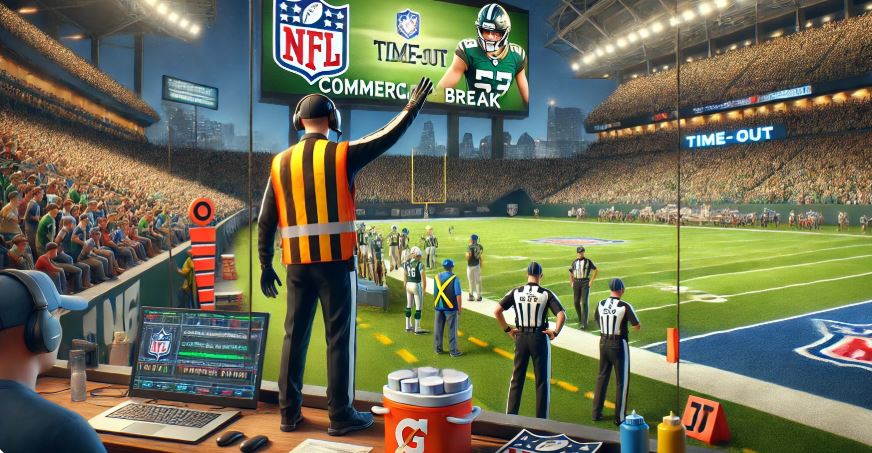


During N.F.L. Games, Going to Commercial Requires Its Own Playbook
By Ken Belson, writing for The New York Times
TV advertising is the lifeblood of the league, but knowing when to pause the games is a task undertaken by N.F.L. executives, network producers and on-field officials.
Television commercial breaks are the bane of every N.F.L. fan. They interrupt a game already riddled with stoppages, bombard viewers with come-ons and force fans and players in the stadium to stand around for about two and a half minutes, sometimes in the freezing cold.
Yet commercials are the lifeblood of the N.F.L. Without them, broadcasters could not afford to pay the league billions of dollars for rights fees, money that goes to paying players’ salaries and much more.
Most games have 18 commercial breaks. A few timeouts, like at the end of the first and third quarters and at the two-minute warnings, are fixed. The league and networks avoid taking breaks if a team’s opening drive of the game ends quickly, because they want fans to settle into the broadcast. If all goes well, the last commercials run at the two-minute warning in the fourth quarter.
Most commercial breaks, though, are chosen in real time as league executives, network producers and officials on the field look for natural breaks in the action. Finding them is more art than science because every game unfolds differently, with long drives, three-and-outs, injury timeouts and coaches’ challenges.
For the rest, click here.
Photo Credit: Dall-E